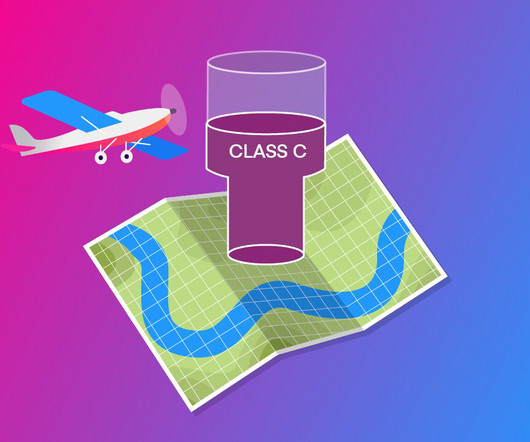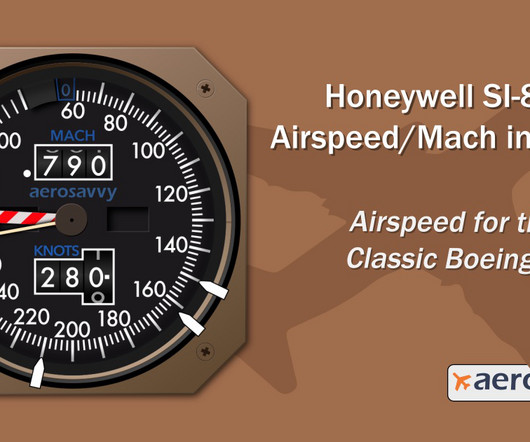Split-S Decision
Plane and Pilot
SEPTEMBER 20, 2024
These were divided into two main categories, prior maneuvering and weather upset. In most cases, some type of aerobatics with an increase in airspeed preceded loss of control. They reviewed certification limits, mechanical structure, airspeed instrumentation, and flutter analysis.












Let's personalize your content